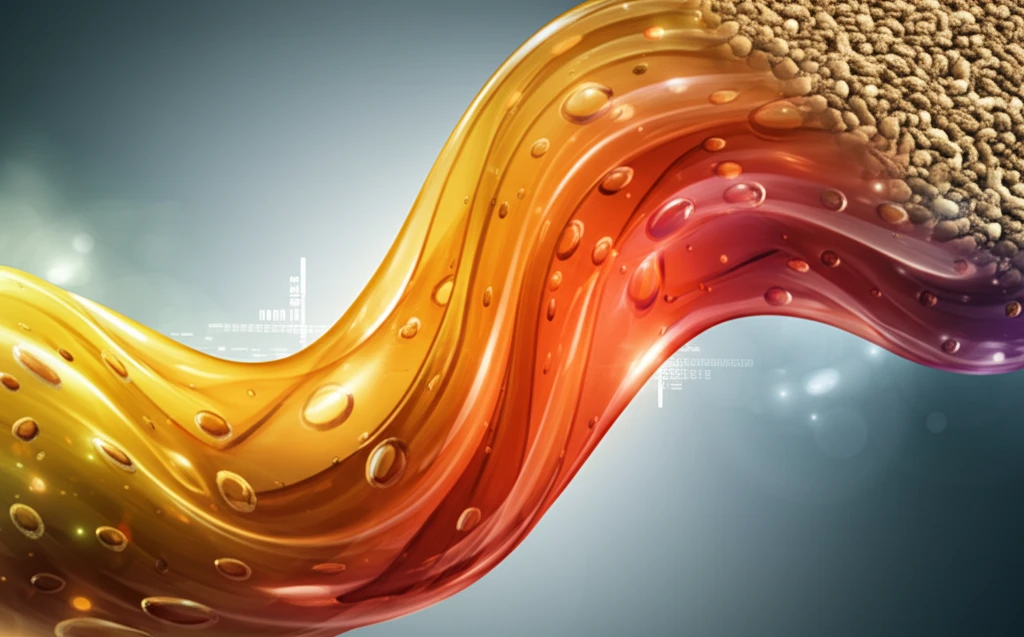
Fiber Up! The Ultimate Guide to Soluble vs. Insoluble Fiber for a Healthier You
"Unlock the secret to better health by understanding the power of dietary fiber. Learn how soluble and insoluble fiber can transform your well-being."
In today’s health-conscious world, dietary fiber (DF) is increasingly recognized for its vital role in maintaining overall well-being. As consumers become more aware of the importance of nutrition, foods rich in dietary fiber are gaining popularity. These aren't just passing fads; they're staples for a healthier lifestyle, known for their ability to aid in everything from digestive health to chronic disease prevention.
Dietary fibers have long been celebrated for their health benefits, leading to a surge in fiber-enriched products flooding the market. These additions promise a range of advantages, including improved bowel regularity, cholesterol management, and a reduced risk of diabetes and certain cancers. The key to unlocking these benefits lies in understanding the two primary types of dietary fiber: soluble and insoluble. While both contribute to your health, they do so in distinct ways.
This guide aims to demystify dietary fiber, explaining the differences between soluble and insoluble types, and how each affects your body. By understanding these distinctions, you can tailor your diet to maximize the benefits of fiber, promoting better health and preventing various ailments. Let’s explore how these two fiber types work and how you can incorporate them effectively into your daily meals.
Soluble vs. Insoluble Fiber: Decoding the Difference

Dietary fiber is broadly classified into two main categories: soluble dietary fiber (SDF) and insoluble dietary fiber (IDF). The primary distinction lies in their behavior in water. SDF dissolves in water, forming a gel-like substance, while IDF does not dissolve. This difference in solubility dictates how each type interacts with your body and the specific health benefits they provide.
- Oats and oat bran
- Legumes (beans, peas, lentils)
- Fruits (apples, citrus)
- Psyllium
The Power of Fiber: A Holistic Approach to Health
Incorporating a balanced mix of both soluble and insoluble fiber into your diet can significantly improve your overall health. Fiber not only supports digestive health but also plays a crucial role in preventing chronic diseases and promoting weight management. Understanding the unique benefits of each type of fiber empowers you to make informed dietary choices that cater to your specific health needs. Embrace a fiber-rich diet and take a proactive step towards a healthier, happier you.
